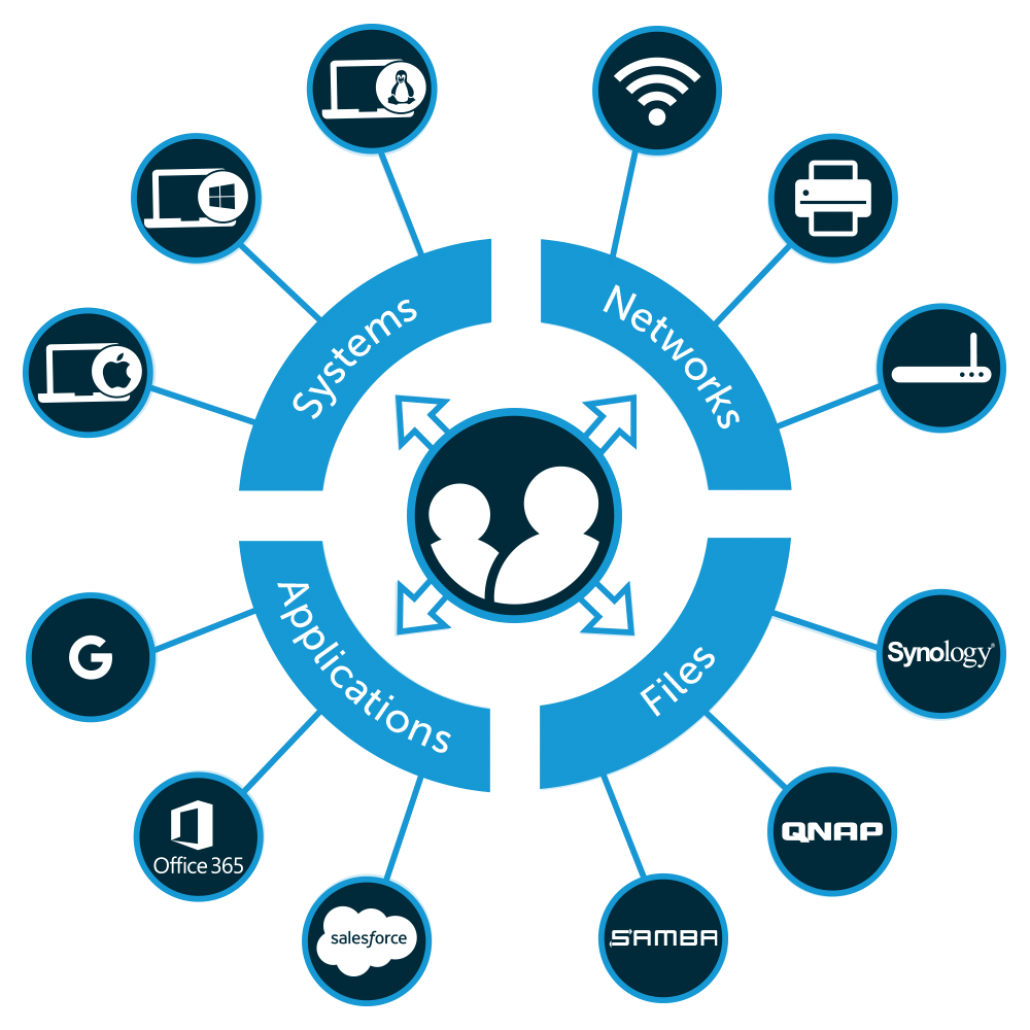IT organizations are busy. They’ve always been busy, but most IT admins would attest that the current environment is a different kind of busy. The challenge for IT organizations today is that there are more responsibilities coming at them than ever before. From HR requests, obsolescence, budgets, remote workers, and much more, there is a lot to keep track of. With that amount of workload, it can feel impossible to take on every request that comes across your desk. The most successful IT organizations are thinking strategically and prioritizing projects that make the biggest difference to their business. This ensures that critical tasks are getting taken care of. How are they doing this?

IT organizations are busy. They’ve always been busy, but most IT admins would attest that the current environment is a different kind of busy. The challenge for IT organizations today is that there are more responsibilities coming at them than ever before. From HR requests, obsolescence, budgets, remote workers, and much more, there is a lot to keep track of. With that amount of workload, it can feel impossible to take on every request that comes across your desk. The most successful IT organizations are thinking strategically and prioritizing projects that make the biggest difference to their business. This ensures that critical tasks are getting taken care of. How are they doing this?
It all comes down to the tools that IT admins have at their disposal.

There are an abundance of IT management resources out there to help with the job, but they are almost all predicated on one thing. The identity management tool. The identity management platform is one of the core tools in IT, but in many organizations it has been slowing admins workflows down. However, this doesn’t need to be the case. Identity management can actually be the driving force behind efficiency and modernization in IT. In this post, we will examine how IT organizations are leveraging identity management to modernize IT.
Growth in the Role of IT

IT used to be a cost center and a service organization to the rest of the business. In this role, IT admins were often viewed as the roadblock preventing employees from doing what they wanted and purchasing whatever they needed. It wasn’t because IT admins didn’t want to enable their coworkers, however. Rather, their management tools struggled to connect beyond Microsoft® Windows® based solutions. So, as a result, IT admins mandated Windows-based solutions so they could manage them and keep the organization secure.
That was then. Modern IT organizations are vastly different. Today, IT has been shifted into a role that places them as strategic partners in the building of the business, and this is not just a title change. In fact, Gartner expects spending on IT services to grow by around 44 billion dollars in 2018. Clearly, organizations are willing to invest in their IT departments. This investment is for good reason too. With new approaches such as DevOps and hybrid cloud, IT organizations are playing a central role in the business. With modern tools, IT is enabling better revenue generation, cost reduction, productivity increases, and security over an organization’s digital assets. IT might be the most strategic part of any organization.
Modernizing Identity Management

Along with the critical nature of IT organizations comes the pressure of being able to execute on all of the various needs of the organization as well. Often, these new initiatives are in conflict with core infrastructure improvements that need to be made. How do IT organizations prioritize what is more important?
When considering projects that improve core infrastructure, it is essential that those enhancements unlock significant potential for the organizations rather than simply reduce some cost or save IT time.
This is why many IT organizations have prioritized modernizing their identity management infrastructure. For over two decades, the core of an organization’s identity and access management (IAM) infrastructure has been the identity provider. In those two decades, the two major identity providers, Microsoft Active Directory® and OpenLDAP™, have hardly changed. The IT environment around them has changed, however, and it has done so in dramatic fashion.
Outside of the physical internet connection, there may not be a more critical component than identity management for IT organizations to address. A user identity is an end user’s digital badge to access the systems, applications, files, and networks that they need to do their job. IT has never been more critical to the success of an individual. Providing frictionless and frustration free access to these IT resources is a major part of modern IT.
Yet, the difficulty here is that so many of these modern IT resources have shifted from being Windows-centric and on-prem, to being multi-platform and delivered from the cloud or elsewhere. And this trend isn’t slowing either. Studies have shown that businesses who take advantage of the cloud grow at a rate nearly 20% faster than companies who don’t employ cloud services. With that kind of number, it’s no surprise that cloud adoption has grown substantially.

If you dig a little deeper, it becomes even easier to see why moving to the cloud is the most popular trend. According to a Suse Research Report, there are four key factors that are causing the growth of the cloud:
Cost reduction/budget constraints, improvement of developer/programmer productivity, data center consolidation,and business agility and innovation improvement. These four categories have the significant impact that organizations are looking for, and they are investing heavily to support it.
As a result, there is no longer a simple or easy way for traditional identity management solutions to provide access to the end user; nor is it easy for the end user to gain access to all of their various IT resources. This leaves businesses with two options – the business can stall or slow their adoption of these cloud tools, creating significant inefficiency when there doesn’t need to be, or they can move to a more modern form of identity management and solve these issues.
Leveraging Modern Identity Management for Modern IT

Fortunately, a new era of identity management has emerged, and its focus is to solve core IT problems for IT organizations. Modern cloud identity management approaches are securely managing and connecting users to the IT resources they need, including mixed-platform environments (Windows, Mac, Linux), cloud and on-prem applications, virtual and physical file servers, and wired and WiFi networks. High performing IT organizations are demanding open, standards based solutions that enable users to connect to modern IT resources regardless of the platform, protocol, provider, or location in use.
The benefit of prioritizing identity management is enabling businesses to leverage the right IT technology – rather than specific IT solutions that IT can manage because of the restrictions of their management tools. Further, IT admins gain increased control and security over their IT infrastructure, without creating incentives for shadow IT. And, perhaps the greatest benefit of modern identity management is unlocking the potential of your team and driving productivity up.
There’s no doubt that modern IT organizations are overwhelmed, but prioritizing strategic solutions can not only enable your entire team, but save your entire organization time, money, and resources. If you would like to learn more about how leveraging identity management for modern IT can support your long-term goals, drop us a note. Our team has extensive experience on this topic, and can help you better understand the concept and your options. And, they’d be happy to answer any of your questions!